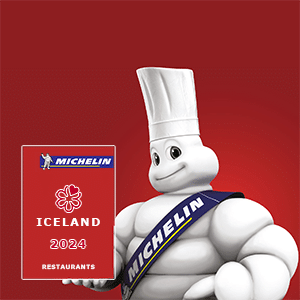Lifid
Bainbridge Island Winery (Washington)

Gerard Bentryn in the vineyard
Bainbridge Island, Washington.
It was raining lightly when we visited the winery on the Island facing Seattle on the other side of Puget Sound. Not unusual weather for Seattle, you might say… But Gerard Bentryn will point to statistics showing that the weather is actually very comparable to outstanding wine regions in France and Germany (and I can testify myself that I had great sunny weather on the several occasions I visited Seattle) and he keeps comparative maps („it works in Europe, why not here?“) and charts which nuance the rainy image of this pacific northwest region: june to september, actually, it rains less than in Bordeaux or Lyons. Only thing, heat is not so high here, but with the climate change, who knows ? First of all, the brunt of the rain falls on the Olympic mountains a few miles on the west, creating there the rain forests of the Olympic National Park with its spectacular mosses hanging from the branches.
The winery and vineyard sits in the middle of the Puget Sound AVA and Gerard Brentyn did a lot, first for the creation of the Puget Sound AVA in 1995, then to promote a philosophy of artisan wines that reflect the terroir.
The island has a strong japanese community since the early 20th century and they were the first in the US to be deported during WW2 under Executive Order 9066. Gerard Bentry, who previously had vineyards in the Winslow area, was obliged to leave because of the Seattle suburban sprawl eating on the island, and moved to this farmland area owned then by the Suyematsu family, with which he kept close ties. His vineyard has a 8,5 acres surface (3,5 hectares), mostly whites and a little of Pinot Noir.He planted new things in front of the house : St Laurent (a red variety originally from Alsace but which then went to austria), Zweigelt, a red also from Austria, Agria, from Hungary, and Regent, an hybrid (Sylvaner & Müller-Thurgau) created in the Geisenheim research center in Germany. It does not need to be sprayed and ripens before Pinot Noir.
Gerard then speaks gravely about the possible disparition of winemaking in the future : He shows me all the catalogs sent to him by chemical companies. Leafing through the material, you are stunned by all the additives they propose for aromatic enhancing, to select the aromas through industrial yeasts, to get whatever type of tannin you want, to sculpt the middle palate at wish, to finetune the colour and even get the desired structure. I think this is worth a post by itself, but browse on this page, or this catalog (Pdf)…Winemakers who use these additives are very discreet on the matter but I think the customer should at least know when these enhancing (should we say doctoring?) products are used…Gerard says the worse of these products may be „Mega Purple“ (I just saw Alder evoqued the subject on Vinography last january). Gerard says he suspects the products are used even for wines at 70 Dollars a bottle. He adds that part of the problem comes from the fact that in North America, wines are purchased for immediate consumption when a real wine needs to lay down some time. But I think this additive thing is also common among old world wineries.
The production at Bainbridge Island Vineyards and Winery is about 2000 cases. He would like the small vineyard growers and wineries to organize themselves, because the competition with big wineries is unequal : The big industrial wineries benefit from tax incentives from the state and government. In eastern Washington for example, the land is very cheap, allowing big vineyards to be planted, and the US government gives them almost free water to irrigate and very inexpensive electricity to pump it up. Irrigation subsidies are very high in the US and are always forgotten in the international talks about farm subsidies. For example, he says, within Washington state, 69% of the wine is made in wineries owned by the Unites States Tobacco Corporation, which changed its name to UST Inc.
Here, the vineyard is planted mostly with non-grafted vines. He tours us among the rows near the winery under a light drizzle : Some Pinot Noir, a few rows of a french-american hybrid named Cascade, some St Laurent. Then we walk past a Raspberry field. He says the vineyard is not bothered by pests here, because it is not part of a mass farming block. He also somehow isolates the plots from each other. No downy milder, for example. But they do have some powdery mildew (oidium) that they used to spray with sulphur, and now with horticultural oil sprays (since they got into organic certification) which work well. We pass a plot of Siegerrebe. Some grapes begin to blossom, but he says he would prefer it to start when the weather is sunny and dry several days in a row. We pass rows of Madeleine Angevine with its clear leaves, then Pinot Gris (darker leaves).
Tending an organic vineyard is a lot of work and he now looks for a vigneron with the same approach to manage the winery and vineyard. He smiles ans says that if a french artisan-vigneron is interested, he is welcome to come and work here (seriously).
We now go to the small tasting room of the facility where we sample the wines after looking at the cat (the dog was too fast for a pic):
__1 Pinot Noir 2001. Very little sulfite. He does not look for power and alcohol. Some black cherry. Light (12° only). This is the only Pinot Noir grown on the Puget Sound area…
__2 Madeleine Angevine 2003. A loire grape variety. 11°. 245 cases. Very delicate. Develops flower aromas. Nice with oysters, he says. Should be tasted at a lower temp, I think.
__3 Siegerrebe 2004. 10,5°. Late harvest. Botrytized. Very refined. Nice, long-lasting aromas. Not too sweet. Great.
__4 Raspberry wine. From Suyematsu Farms fruits. 12,5°. That is something : The real fruit in the mouth, with lots of acidity, very high indeed. I am not familiar with raspberry wine but I think no artificial aroma could rival with this…
Nice visit !
To drive there, take Day road East from hyw 305 (it starts at mid-distance between Bainbridge and the bridge linking Bainbridge island to the Kitsap peninsula). See this map, the winery is somewhere near the highway 305 symbol.
Bainbridge Island Vineyards and Winery
8989 Day road east
Bainbridge Island, Washington 98110
open to visitors friday, saturday and sunday
Phone 206 842 9463
bainbridgevineyards.com

-
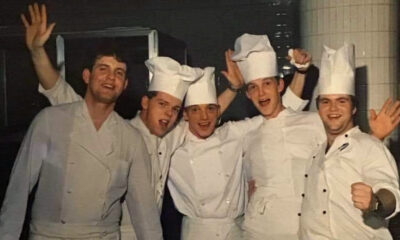
 Viðtöl, örfréttir & frumraun23 klukkustundir síðan
Viðtöl, örfréttir & frumraun23 klukkustundir síðanNemamyndin: Hótel Saga – Veturinn 1986-1987
-

 Viðtöl, örfréttir & frumraun3 dagar síðan
Viðtöl, örfréttir & frumraun3 dagar síðanÞjálfarar finnska og íslenska kokkalandsliðsins undir sama þaki
-

 Viðtöl, örfréttir & frumraun2 dagar síðan
Viðtöl, örfréttir & frumraun2 dagar síðanMið-Austurlenskur þemadagur hjá Sælkeramat í samstarfi við Sumac – Vídeó
-
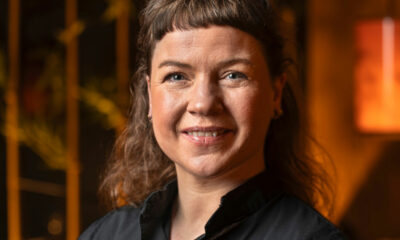
 Viðtöl, örfréttir & frumraun4 dagar síðan
Viðtöl, örfréttir & frumraun4 dagar síðanHrefna Rósa Sætran selur hlut sinn í Grillmarkaðnum, Trattoria og Rauttvín
-

 Markaðurinn3 dagar síðan
Markaðurinn3 dagar síðanNýjar vörur og tveir nýir birgjar
-

 Markaðurinn3 dagar síðan
Markaðurinn3 dagar síðanBragðgóðir vegan valkostir frá Lindsay heildsölu
-
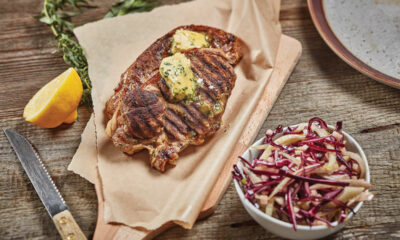
 Markaðurinn3 dagar síðan
Markaðurinn3 dagar síðanKeppni í „Kvöldmatur á korteri með íslensku lambi“ á Matarmarkaði Íslands í Hörpu 8. mars.
-
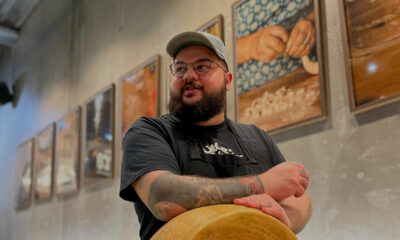
 Viðtöl, örfréttir & frumraun5 dagar síðan
Viðtöl, örfréttir & frumraun5 dagar síðanParmigiano “Gran Moravia” Osta- og Pastaveisla – 7. mars – Upplifðu einstakt matarævintýri á Bacco Pasta


